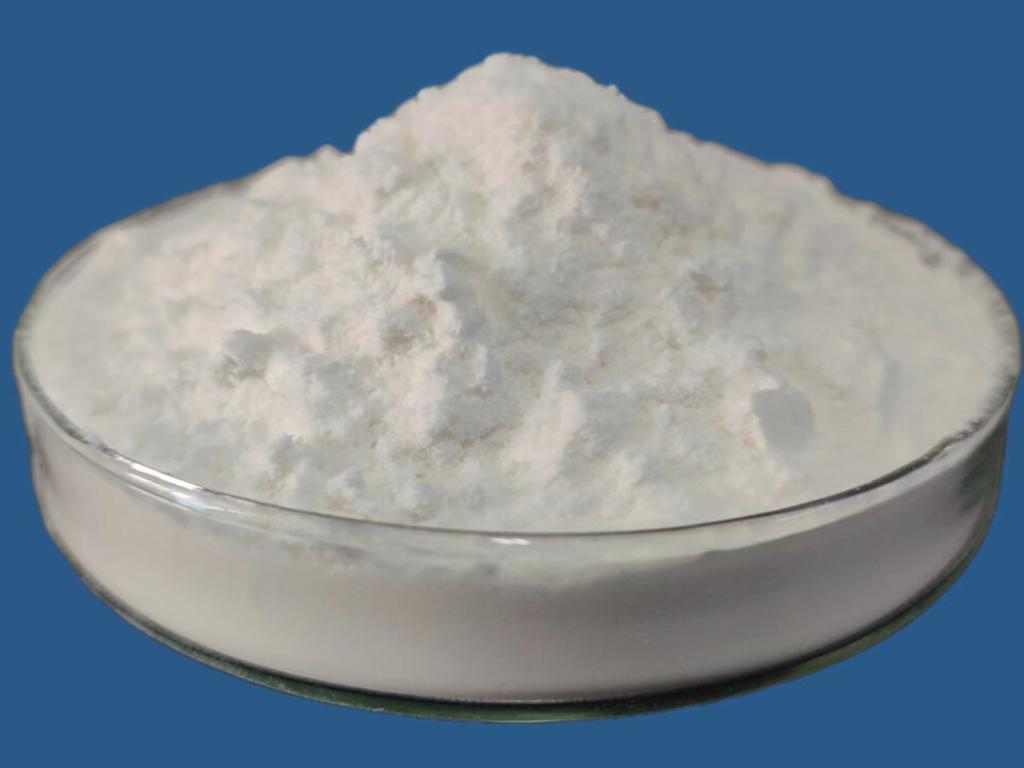Tel:+8618231198596

News
 CONTACT
CONTACT
 CONTACT
CONTACT
- Linkman:Linda Yao
- Tel: +8618231198596
- Email:linda.yao@dcpharma.cn
- Linkman:CHARLES.WANG
- Department:Overseas
- Tel: 0086 0311-85537378 0086 0311-85539701
News
Current Position:
Home >
News
>Synergistic Interactions of ε-Polylysine Hydrochloride with Other Antimicrobials.
Synergistic Interactions of ε-Polylysine Hydrochloride with Other Antimicrobials.
TIME:2024-05-29
Synergistic Interactions with Antibiotics:
Combining ε-Polylysine hydrochloride with antibiotics has been shown to enhance antimicrobial activity against both Gram-positive and Gram-negative bacteria. Synergy between ε-PL and antibiotics such as penicillin, erythromycin, and ciprofloxacin has been demonstrated in vitro and in vivo. The mechanisms underlying synergy may involve increased membrane permeabilization, inhibition of efflux pumps, and disruption of bacterial biofilms. Additionally, ε-PL can potentiate the activity of antibiotics against multidrug-resistant bacteria, offering a promising strategy to combat antibiotic resistance.
Synergistic Interactions with Other Antimicrobial Peptides:
Synergy between ε-PL and other antimicrobial peptides has been investigated as a means to enhance antimicrobial efficacy and overcome limitations associated with individual peptides. Combinations of ε-PL with peptides such as nisin, lactoferrin, and defensins have demonstrated synergistic effects against a wide range of pathogens. The synergistic mechanisms may involve complementary modes of action, increased membrane disruption, and enhanced penetration into bacterial cells. Furthermore, synergistic peptide combinations exhibit low cytotoxicity towards mammalian cells, making them promising candidates for antimicrobial therapy.
Synergistic Interactions with Natural Compounds:
In addition to antibiotics and antimicrobial peptides, ε-Polylysine hydrochloride has shown synergistic interactions with natural compounds, such as plant extracts, essential oils, and phenolic compounds. These natural compounds possess antimicrobial properties and can enhance the efficacy of ε-PL against various pathogens. Synergy between ε-PL and natural compounds may arise from combined effects on bacterial membranes, cell wall synthesis, and intracellular targets. Moreover, synergistic combinations offer the advantage of reduced toxicity and potential for development as natural antimicrobial agents.
Practical Implications for Antimicrobial Therapy:
The synergistic interactions of ε-Polylysine hydrochloride with other antimicrobials have significant implications for antimicrobial therapy in clinical, agricultural, and industrial settings. Synergistic combinations offer the potential to improve treatment outcomes, reduce the development of resistance, and expand the therapeutic options for microbial infections. Moreover, synergistic antimicrobial formulations can be tailored to specific pathogens or infection sites, optimizing efficacy and minimizing adverse effects. However, challenges such as formulation stability, dosing regimens, and regulatory considerations need to be addressed for the successful translation of synergistic combinations into clinical practice.
Future Research Directions:
Further research is needed to elucidate the mechanisms of synergy between ε-Polylysine hydrochloride and other antimicrobials and to optimize synergistic combinations for various applications. Future studies should focus on identifying synergistic pairs with enhanced efficacy, understanding the impact of environmental factors on synergy, and evaluating the safety and pharmacokinetics of synergistic formulations. Additionally, research efforts should explore the potential of synergistic combinations in combating emerging pathogens, biofilm-related infections, and antimicrobial-resistant bacteria.
Conclusion:
Synergistic interactions between ε-Polylysine hydrochloride and other antimicrobials offer a promising approach to enhance antimicrobial efficacy and combat microbial infections. By combining ε-PL with antibiotics, antimicrobial peptides, or natural compounds, synergistic formulations can overcome resistance mechanisms, broaden the spectrum of activity, and improve treatment outcomes. However, further research is needed to optimize synergistic combinations, address practical challenges, and translate synergistic antimicrobial therapy into clinical practice. Overall, ε-Polylysine hydrochloride holds great potential as a key player in synergistic antimicrobial strategies for combating microbial infections in various fields.
- Tel:+8618231198596
- Whatsapp:18231198596
- Chat With Skype







